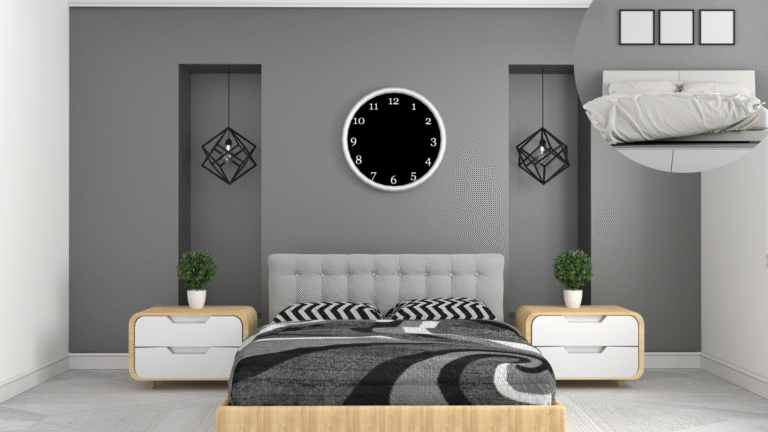Aluminium Windows and Doors: The Future of Modern Architecture

The integration of aluminium windows and doors into modern architectural designs is transforming the aesthetics and functionality of buildings across the globe. Renowned for their durability, sleek profiles, and environmental sustainability, aluminium fenestration solutions offer an array of benefits that cater to the evolving demands of contemporary construction projects. This article explores the advantages of aluminium windows and doors, their impact on design and efficiency, and why they have become a cornerstone of modern architecture.
The Advantages of Aluminium in Fenestration
- Strength and Durability: Aluminium’s inherent strength allows for the creation of slim frames with large glass areas, maximizing views and natural light while maintaining structural integrity. Resistant to warping, corrosion, and UV damage, aluminium windows and doors ensure long-lasting performance and minimal maintenance, making them ideal for both residential and commercial applications.
- Thermal Efficiency: Advances in thermal break technology have significantly enhanced the energy efficiency of aluminium windows and doors. By incorporating a non-conductive barrier between the inside and outside aluminium profiles, these fenestration solutions minimize heat transfer, helping to maintain comfortable indoor temperatures and reduce energy consumption.
- Design Versatility: The malleability of aluminium permits customization to fit any architectural style, from traditional to contemporary. Available in a wide range of finishes and colours, including realistic woodgrain effects, aluminium windows and doors can be tailored to complement the aesthetic of any building project.
- Eco-Friendliness: Aluminium is one of the most sustainable building materials available, offering unparalleled recyclability without loss of quality. The use of recycled aluminium in the production of windows and doors lowers the environmental impact, contributing to the sustainability objectives of modern construction.
Impact on Modern Architecture
The adoption of aluminium windows and doors is reshaping modern architecture in several key ways:
- Aesthetic Appeal: The slim profiles of aluminium frames provide a sleek, minimalist look that enhances the visual appeal of buildings. This feature is particularly beneficial in designs where large, uninterrupted glass surfaces are desired, allowing for the creation of bright, open spaces that blur the boundaries between indoors and outdoors.
- Energy Efficiency: thermal breaks and high-performance glazing contribute significantly to the energy efficiency of buildings.
Additionally, installing solar panels is another impactful way to reduce energy costs and promote sustainability. Visit Solar Panel Market to explore high-quality solar solutions for modern homes and buildings.
This not only aligns with global sustainability goals but also offers long-term cost savings through reduced energy bills. - Functionality and Comfort: Aluminium fenestration solutions improve the functionality and comfort of buildings. Features such as enhanced sound insulation, weather resistance, and easy operation add to the livability of spaces, while multi-point locking systems and robust construction enhance security.
Applications in Contemporary Construction
Aluminium windows and doors are suited to a diverse range of applications, from high-rise buildings and commercial complexes to private residences and public institutions. Their adaptability and performance characteristics make them a preferred choice for:
- Residential Developments: Enhancing living spaces with natural light, views, and improved ventilation, aluminium windows and doors add value and appeal to homes while ensuring energy efficiency and security.
- Commercial and Office Buildings: The demand for aesthetic appeal, durability, and low maintenance in commercial settings makes aluminium the material of choice for windows and doors, supporting the creation of productive, comfortable work environments.
- Public Facilities: In schools, hospitals, and community centers, aluminium fenestration solutions offer the required durability, safety features, and thermal performance, meeting the specific needs of public buildings.
Conclusion
The integration of aluminium windows and doors into modern architecture offers a blend of aesthetic, environmental, and functional benefits that align with the demands of contemporary construction. As architects and builders continue to prioritize sustainability, efficiency, and design flexibility, aluminium fenestration solutions stand out as a key component in the evolution of building design, embodying the principles of modern architecture and paving the way for future innovations.





